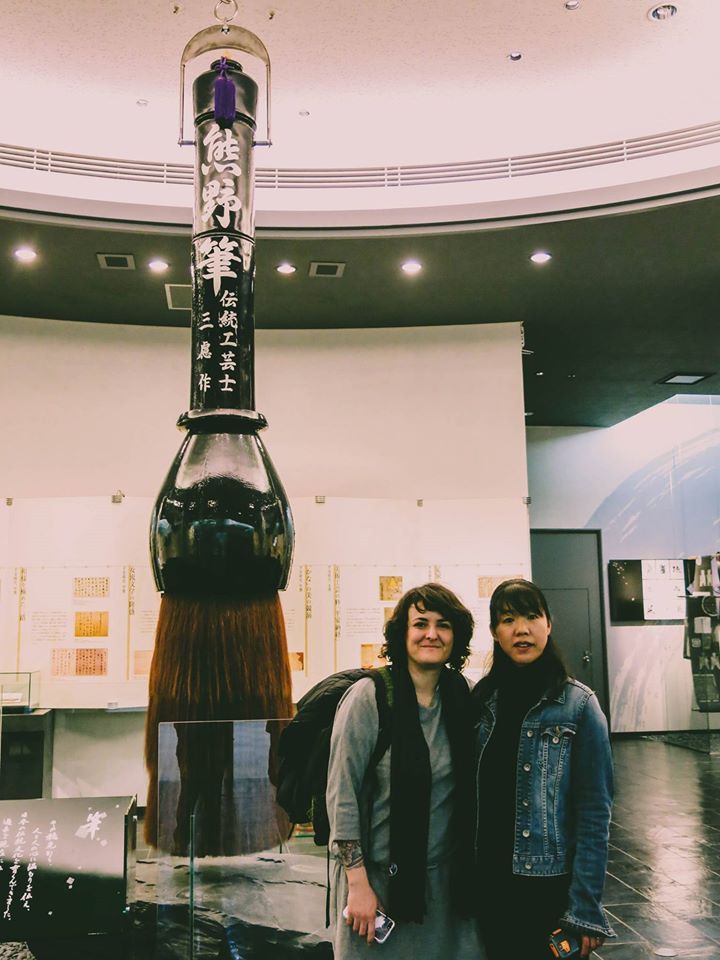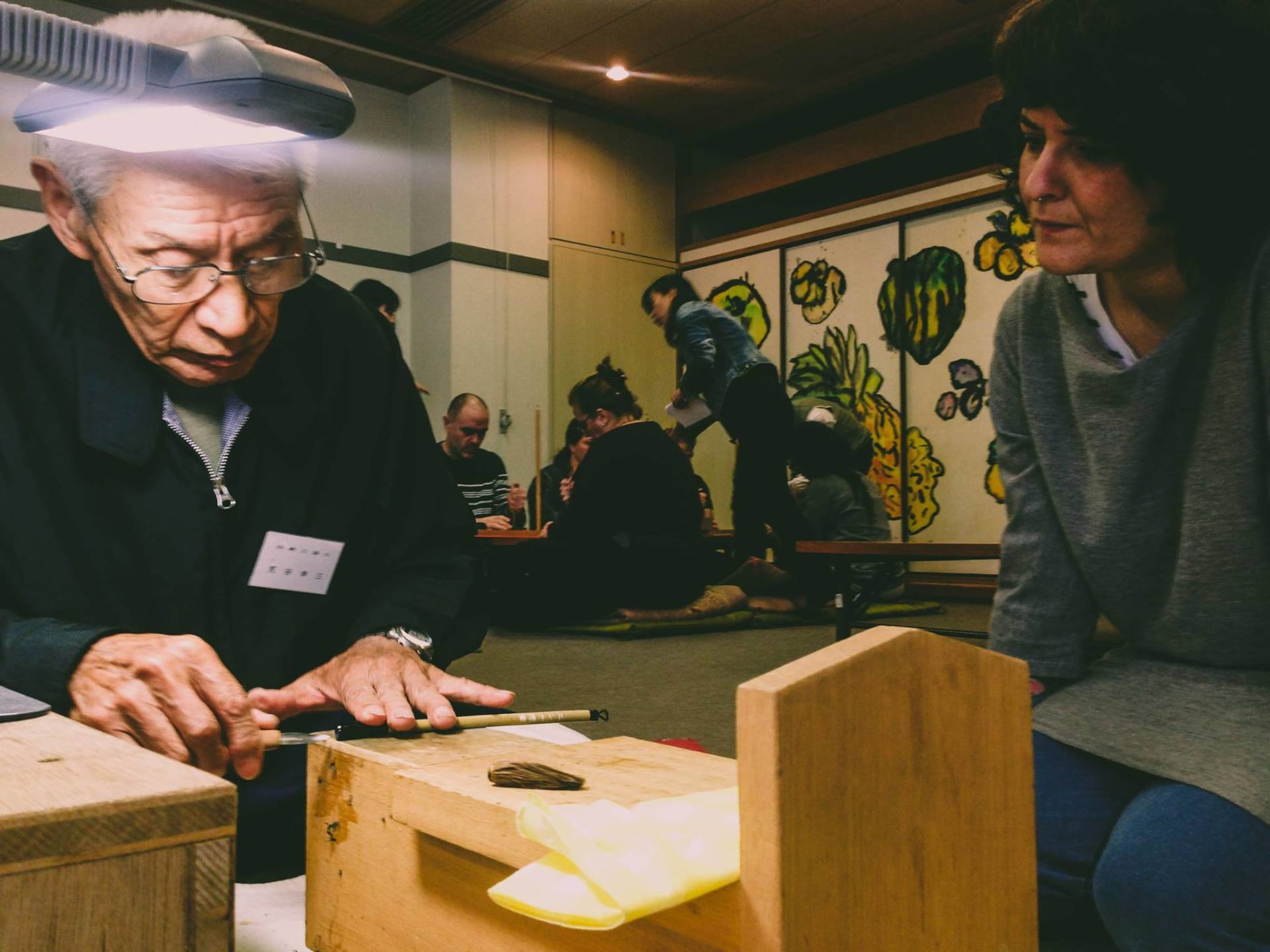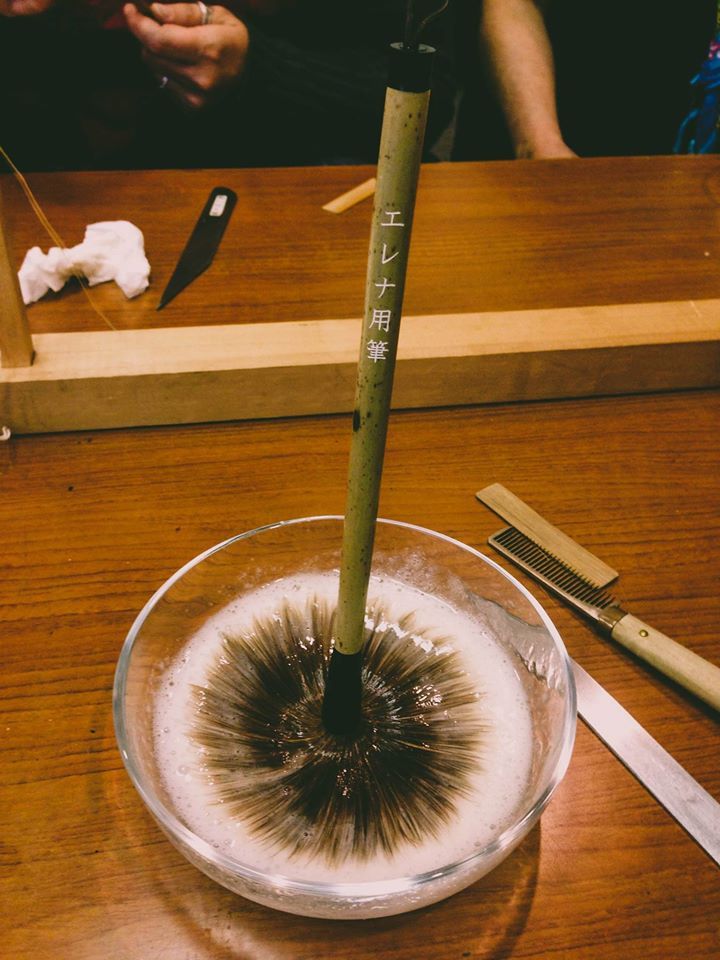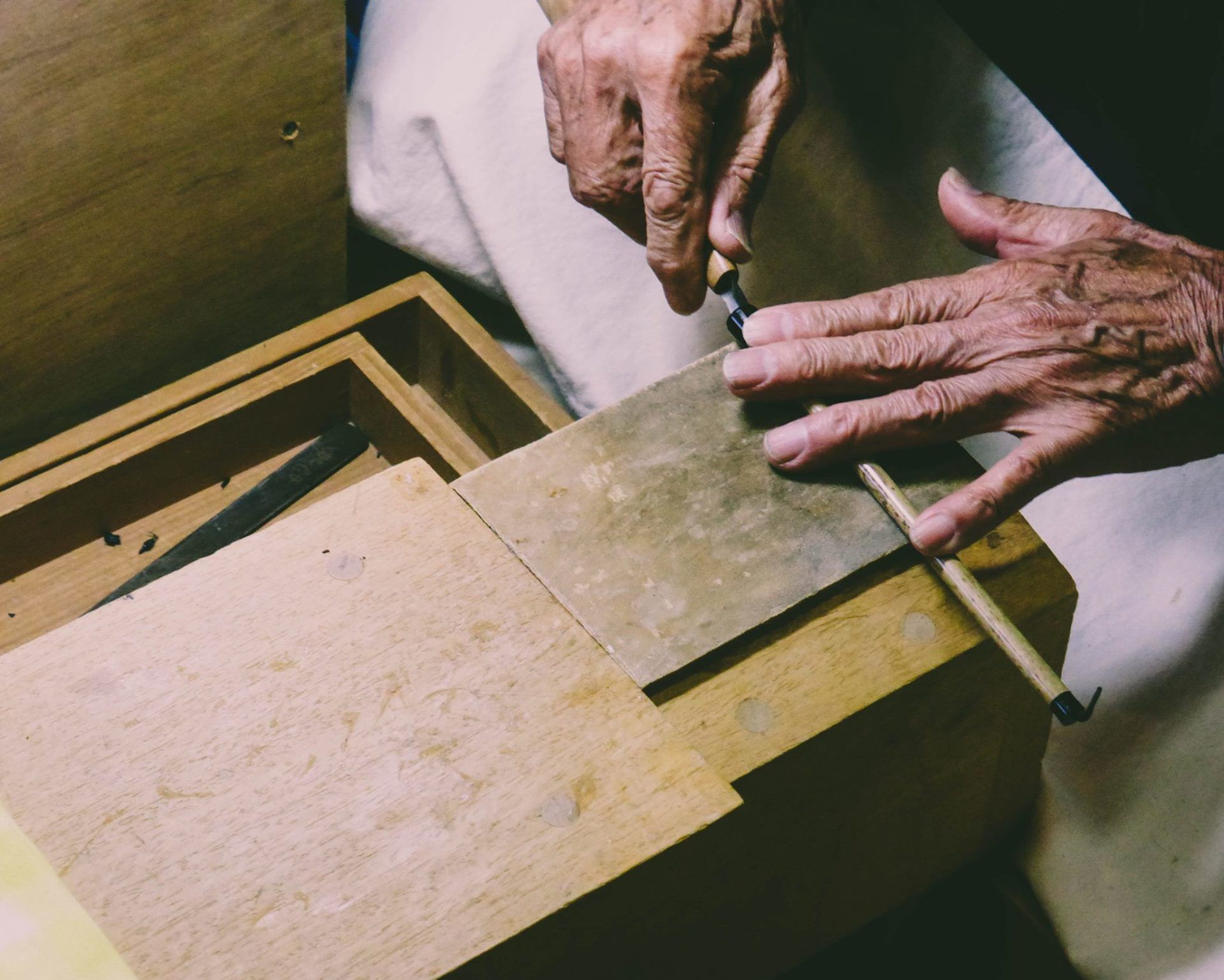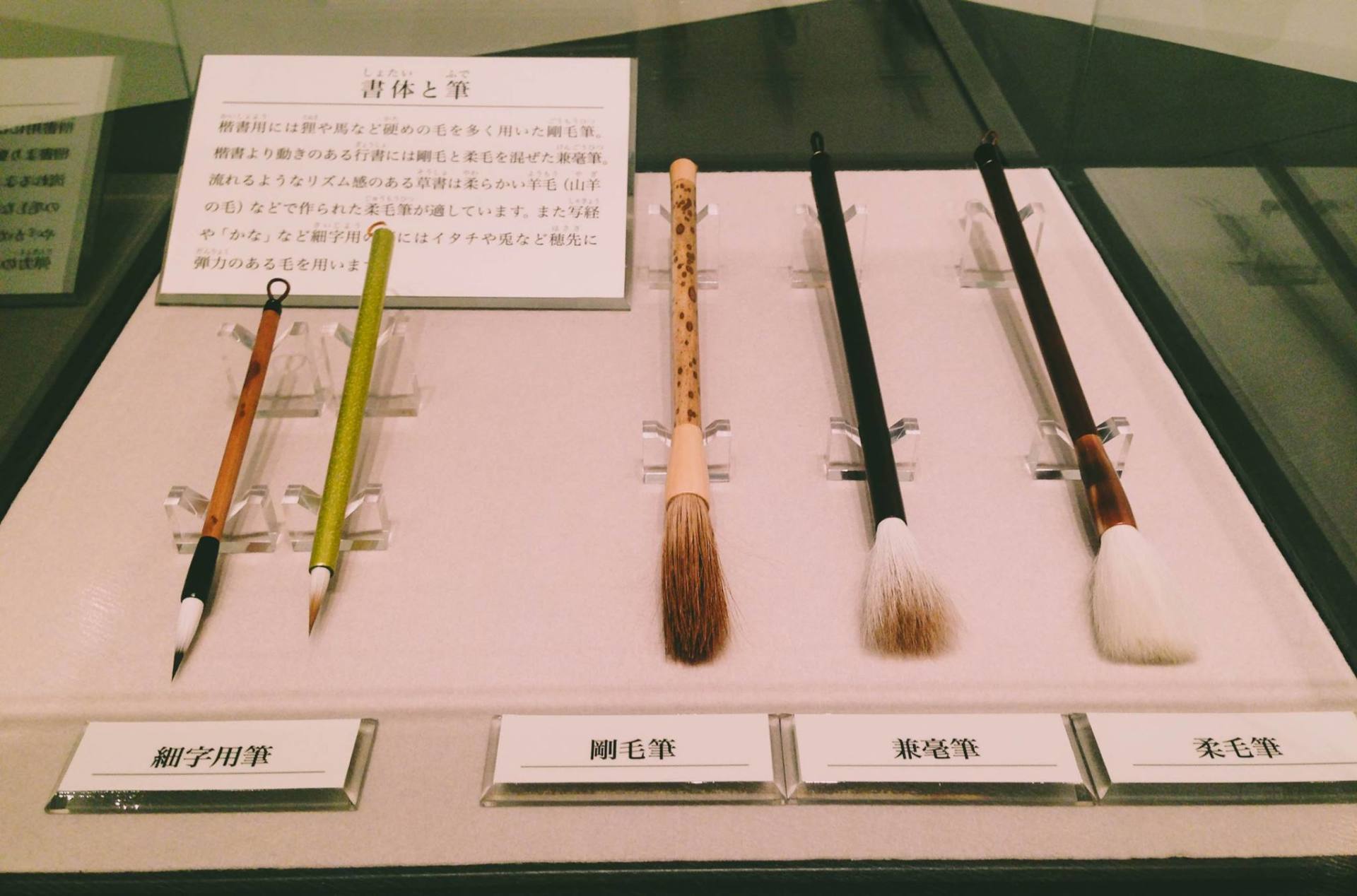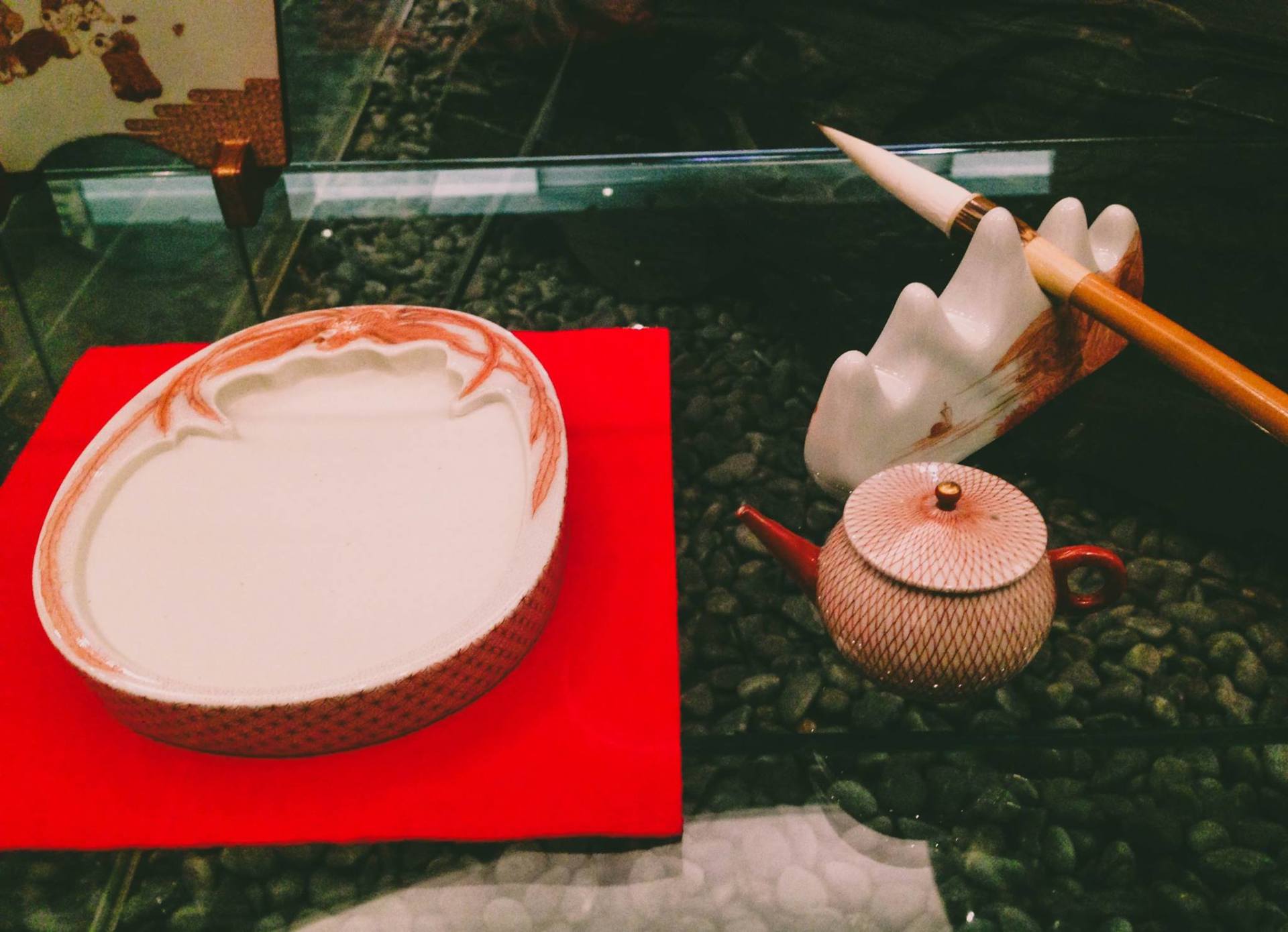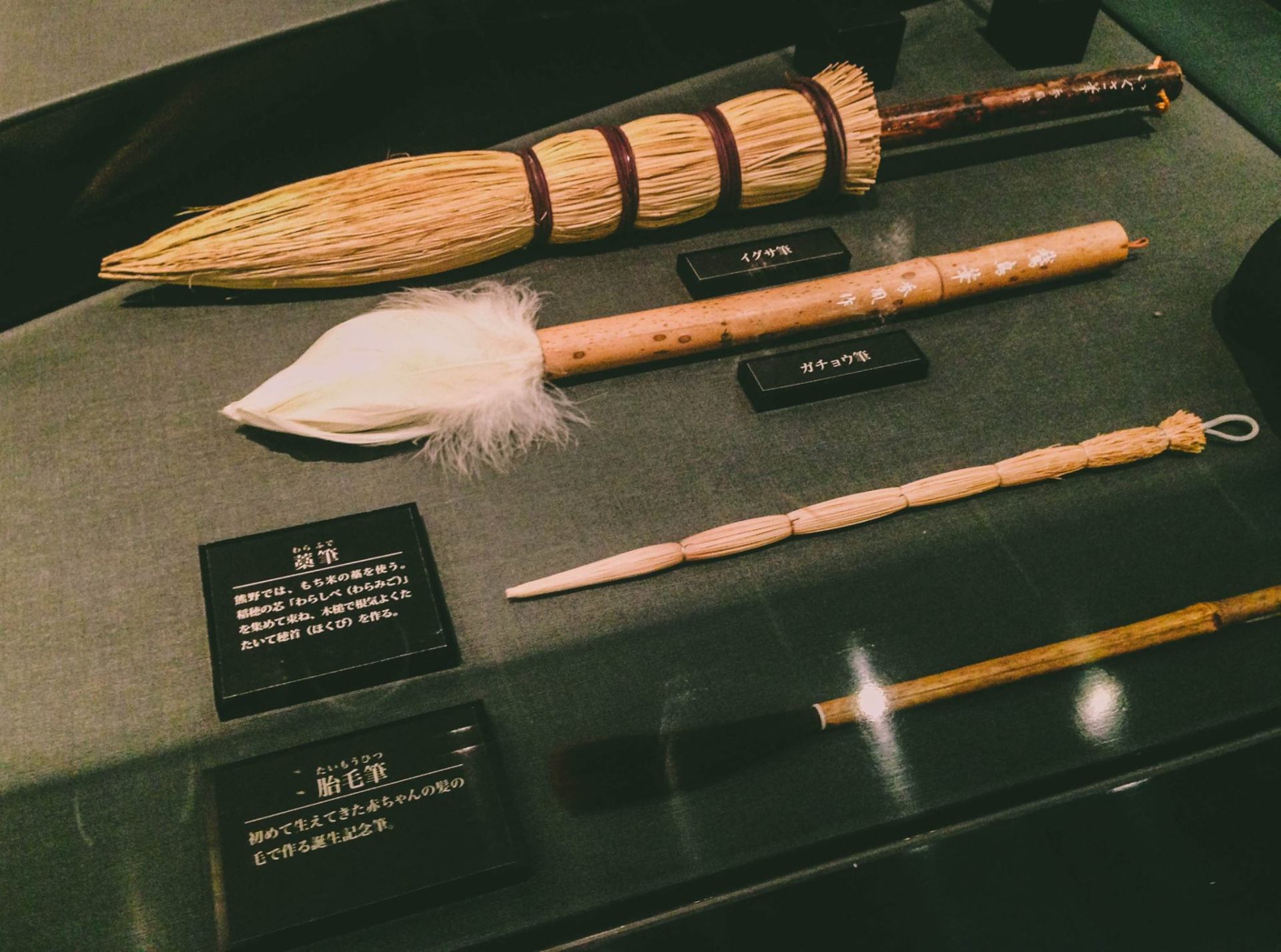FUDENOSATO KOBO 筆の里工房, Brush Factory - Kumano (Japan)
Kumano City is home to the famous Kumano brush, a traditional artifact with a history of 180 years. About 80% of the total national production takes place there. The Fudenosato Kobo facility plays an important role in introducing the local characteristics that go into brushes. Through creative activities, they strive to enable all local people to create a city where they can talk heart to heart, and aim to help the development of local culture. Kumano City is located in a small basin surrounded by mountains with heights of 500 meters above sea level. The city is long and narrow and stretches from north to south, surrounded by three cities called Hiroshima, Kure and Higashi-hiroshima. Among its population of over 25,000 people, 1,500 are brush craftsmen, called fude-shi. In addition, Kumano has nineteen highly skilled craftsmen who passed an official test and were designated as masters of traditional brush making by the Traditional Handicraft Industry Law (this law was made to promote traditional Japanese crafts). The materials used to make brushes are mainly animal hair: goats, horses, weasels, deer, and raccoons, and are imported mainly from China and North America. The materials for the brush handles are purchased from Okayama and Shimane prefectures, as well as Taiwan and South Korea. So how did the making of these brushes flourish in Kumano City without them producing any raw materials for them?
In the late 18th century (late Edo period), the people of Kumano were having a hard time making a living from farming alone, partly due to the fact that there was not much land for farming. They began buying ink and brushes from the Nara region and reselling them during the agricultural off-season. That was the beginning of the close relationship between Kumano City and brushes. Then, about 180 years ago, with the encouragement of the Hiroshima clan's crafts and the ability to sell brushes and ink sticks nationwide, they seriously set about learning the skills of brush making.
The pioneers of brush making in Kumano were young villagers. They learned the skills from brush craftsmen who were invited to Kumano to teach, and also some of them were sent to Nara Prefecture or Arima Prefecture in Hyogo, where they performed advanced brush-making skills. Later, with the effort and enthusiasm of the villagers, the brush became firmly established in Kumano. When the school system was established in 1872 and four years of education became compulsory in 1900, the use of the brush in school education contributed to the increase in production of Kumano brushes. After World War II, shuuji (Japanese calligraphy) classes were removed from the school curriculum, and the production of calligraphy brushes was reduced for a time. However, around 1955, they started a production of painting and makeup brushes, and in 1975, for the first time in Hiroshima Prefecture, the Kumano brush was designated as a Japanese brush: traditional craft by the State Secretary for Trade and Industry. Today, the share of Kumano in domestic brush production has increased to 80% not only in calligraphy brushes but also in painting and makeup brushes. This tradition is still being passed down from generation to generation.
During our visit, we took part in a workshop to make our own brush together with two famous brush masters from this city. We also took a leisurely tour of the museum, where we took a historical tour of the brush in Japan, and of course, we stopped at their wonderful shop to get some of these brushes and take them back to Spain.


